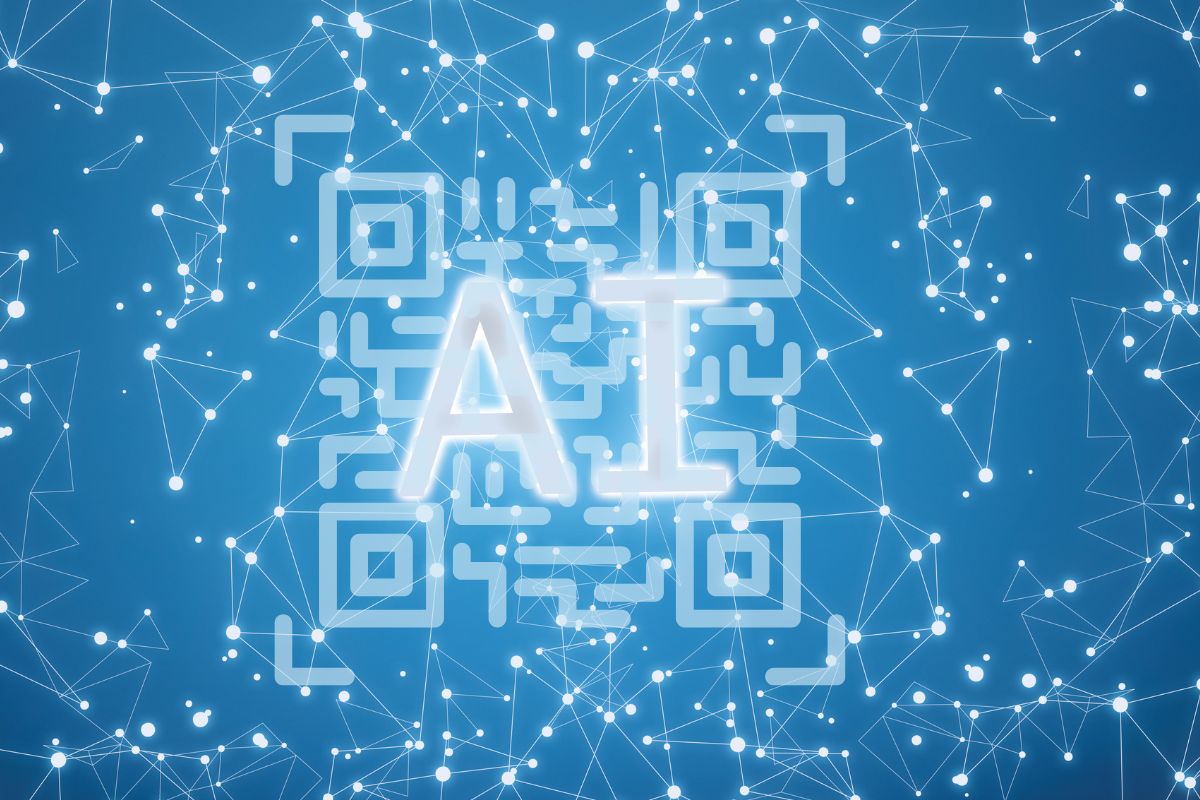The artificial intelligence-created designs are drawing lots of attention, but large drawbacks remain.
QR codes are far from anything new, and despite their popularity throughout the worst of the pandemic, when contactless activities were most necessary, their popularity has started drooping in many areas. That is, until a new AI-generated barcode started drawing massive attention in China and other countries.
Artificial intelligence designed visually appealing barcodes that consumers were happy to scan.
AIGC artificial intelligence technology was used to bring a fresh look to QR codes. It turned out to be one that had quite the draw for consumers. The reason is that the technology transformed the boring pixelated square barcodes into practical tools that look highly artistic.
The project was named ControlNet, and it has been drawing a rising internet following as a result of its creative use of artificial intelligence to produce barcodes that were visually appealing and unique. The success of the project has been considered by some to be defining, as boosting visual appeal could have the potential to bring consumers scans back to these barcodes.

As easy as QR codes are for smartphones to scan, there isn’t a lot of draw for the human eye.
The ControlNet project was launched by a team of college students in China with the support of resources from their university. They used ControlNet as a “controller” for pre-trained models combined with added parameters. ControlNet was originally designed by Lyumin Zhang, a Stanford PhD candidate.
The model was trained on 100,000 images across 13 hours through the use of A6000 cards. When it was combined with LoRA and Checkpoint, among other projects, ControlNet had the ability to produce visually appealing, highly artistic QR codes. These designs frequently worked traditional Chinese patterns or other elements into their look.
While making the barcodes more visually appealing, there remain drawbacks to the methods used in this particular project. To start, as the AI was permitted to learn and adapt, it also became susceptible to the biases within its training data, leaving a risk of inappropriate or distorted results. Of course, copyright is another major limitation, as the tools aren’t creative unto themselves but are instead a mirror of human creativity, meaning that AI images are based on existing images created by people. This has raised serious questions regarding potential violations of intellectual property rights.

